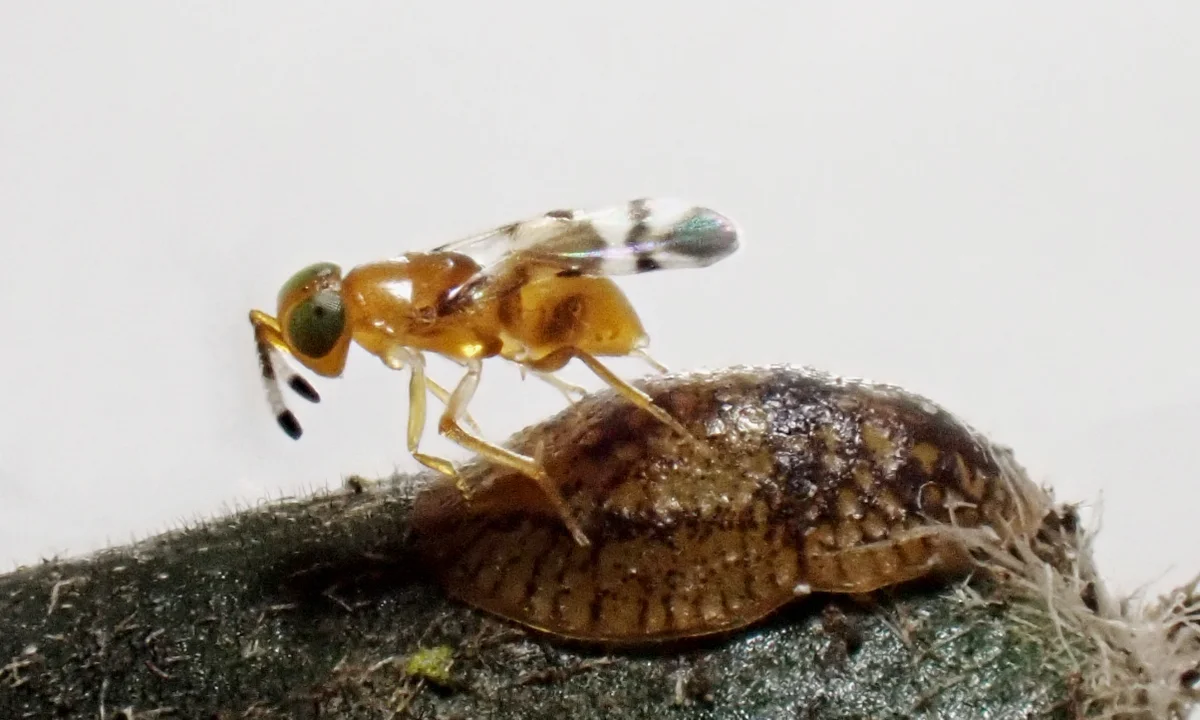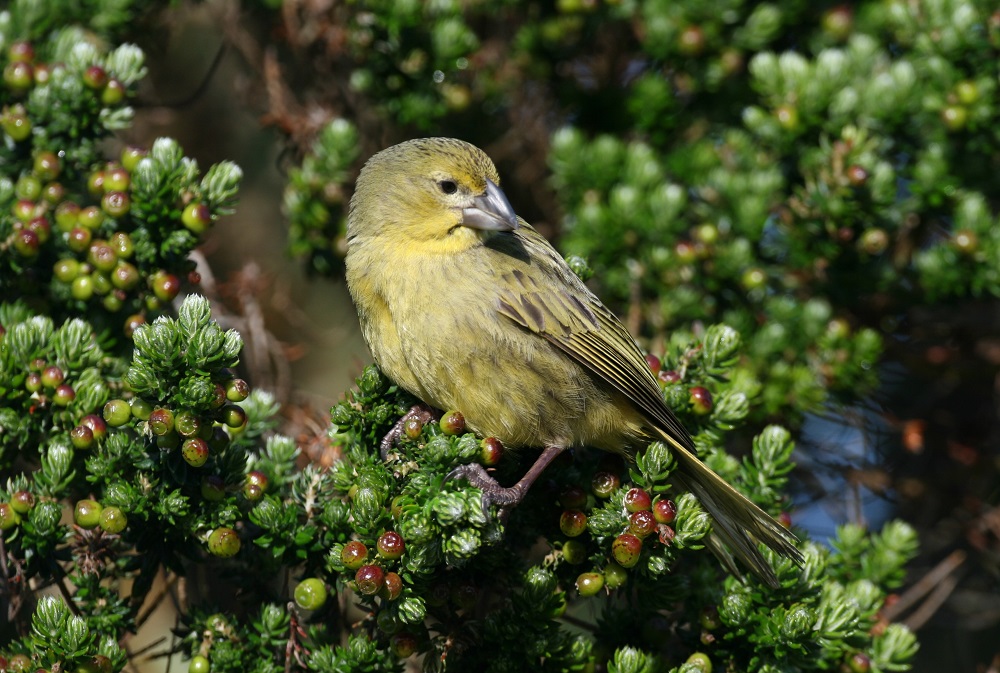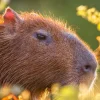The survival of the critically endangered Wilkins’ bunting, native to the remote Nightingale Island in the Tristan da Cunha archipelago, has been greatly threatened by an invasive scale insect. The insect, likely introduced accidentally by humans around 2011, feeds on the Phylica arborea, the island’s sole native tree.
This tree provides essential fruit for the bunting, but as the insects secrete honeydew, it promotes the growth of sooty mold, which weakens and eventually kills the tree. With the destruction of the Phylica arborea, the bunting’s food supply and habitat were at risk, jeopardizing their very existence.
By 2019, the situation had become dire, with only around 120 breeding pairs of Wilkins’ bunting remaining. That year, the bird population faced further devastation as powerful storms destroyed much of the island’s remaining forest.
This compounded the earlier effects of the scale insects, pushing the bird species closer to extinction. Conservationists feared the worst, as the delicate balance of the island’s ecosystem was being rapidly disrupted.

To address this, a collaborative conservation effort was launched by organizations like the RSPB, Tristan da Cunha Government, and others. Their plan involved the release of Microterys nietneri, a parasitic wasp that preys on invasive scale insects.
By controlling the insect population, the wasps could help protect the Phylica arborea trees and, in turn, safeguard the bird population. Alongside the wasp release, a tree nursery was established to restore the island’s forests and improve biosecurity to prevent future invasive species from threatening the island.
Transporting the wasps to Nightingale Island was no easy feat. The wasps had to endure a long and challenging journey from London, including flights, quarantine, and several boat trips in harsh conditions.
Unfortunately, less than 10% of the wasps survived the journey, but those that did were successfully released onto the island starting in 2021. Over the following years, more wasps were introduced, and slowly, their population began to take hold.
By early 2024, despite the loss of around 80% of the forest, the Wilkins’ bunting still had a fighting chance. Surveys showed that between 60 and 90 pairs of the bird remained on the island.
The recovery of the trees and the control of the scale insect population through the wasps’ efforts offered hope for the future of both the bunting and the island’s ecosystem. This success is a testament to the importance of determined conservation efforts and the unexpected ways in which nature can be helped to heal itself.

